
Does history have room for all?
By Debra Adams Simmons, HISTORY Executive Editor
In the onetime capital of the Confederacy, a new vision is being explored that scraps nostalgia for people who enslaved others—and instead focuses, albeit belatedly, on the promise of a land for all.
Four of the five Confederate statues on Richmond’s Monument Avenue were toppled or removed this summer following the police killings of George Floyd and other unarmed Black people. The fifth—a statue of Confederate General Robert E. Lee—has become a canvas to project images that tell a broader story about the American experience.
Graffiti now covers that last Confederate monument. Projected upon it have been images of people killed by police such as Breonna Taylor or Richmond’s Marcus David Peters (pictured above) or historic figures such as Harriet Tubman or Frederick Douglass. The reimagined monument has been called the most influential protest art since World War II. National Geographic Magazine put an image of the statue, photographed by Kris Graves, on the January 2021 cover.
Now, Virginia Governor Ralph Northam has announced plans to reimagine the public space in Richmond following the public’s demand that the area be reconsidered. The space where monuments once stood is now used for family barbecues, voter registration drives, ballet dancing, even a community garden. The Virginia Museum of Fine Arts will lead the project. The museum’s director, Alex Nyerges, says the work will emphasize inclusion. “There’s also an element of healing,” Nyerges said in a statement.
Even before this summer’s protests, there was an urgent movement underway to include more people’s experiences in American stories, unlearn bad information in textbooks, and reclaim public spaces. As the monuments fall and public space is reimagined, we’re left with the question about how we make room for under-told stories. Just “disappearing” symbols of white supremacy will not work.
“As a historian, I am concerned about the past being erased,” Kevin K. Gaines, Julian Bond Professor of Civil Rights and Social Justice at the University of Virginia, told us. “If we sanitize our history, we run the risk of forgetting how we’ve progressed and changed over time…Those who come after us must understand that America was conceived in white supremacy and continues to suffer the consequences.”
That’s the challenge. How do you get Americans—and people throughout the world—to understand the costs of not understanding their history or the history of others?
Do you get this newsletter daily? If not, sign up here or forward to a friend.
Today in a minute
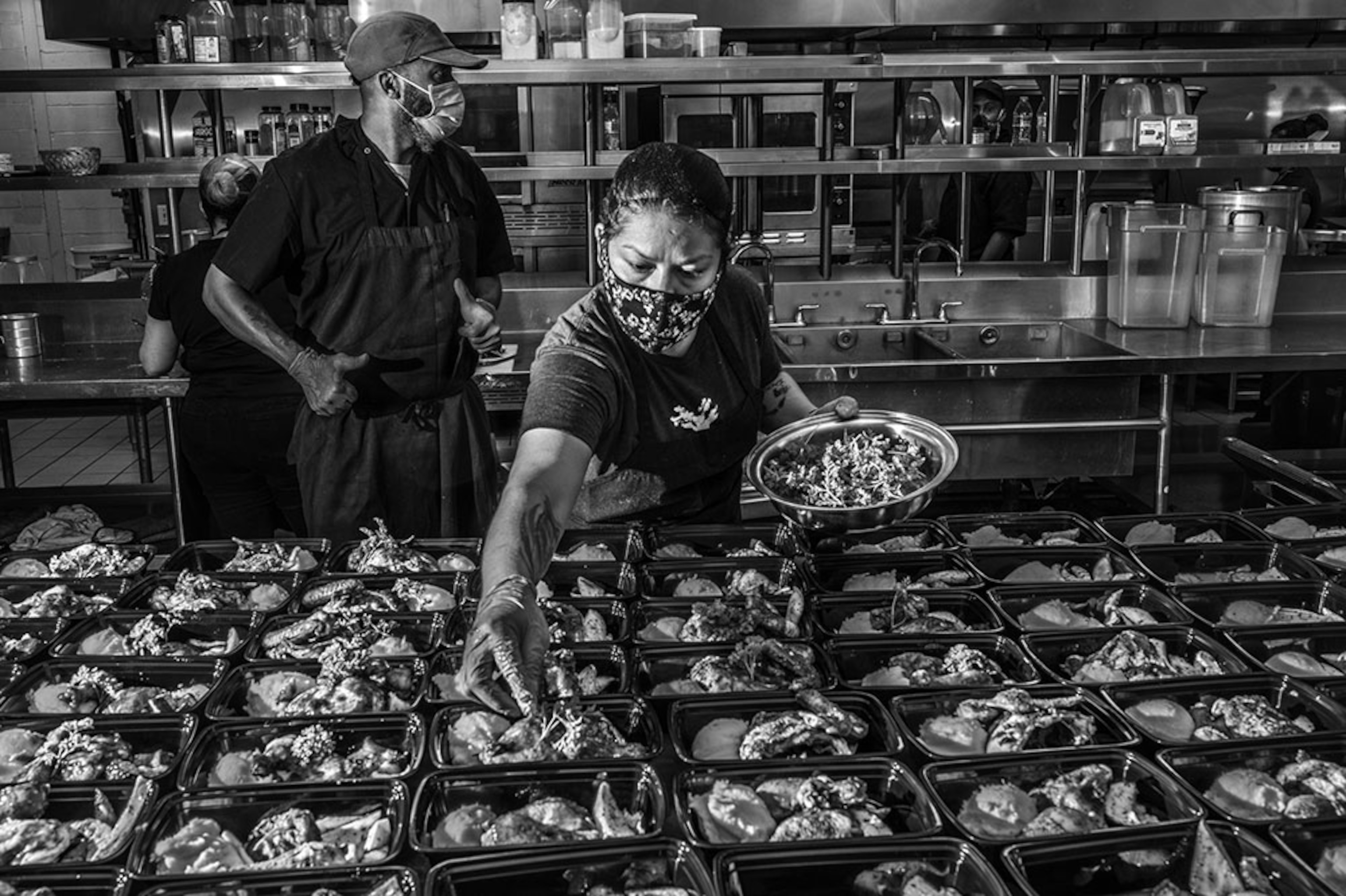
Fighting hunger: Houston leads Texas in both COVID-19 infections and fatalities, and hunger and unemployment have grown in recent months. A $1 million payday for celebrity chef David Chang on Who Wants to Be a Millionaire is going directly to a Houston-based charity helping laid-off hospitality workers in need. That and other organizations are trying to feed first responders and hundreds of thousands of suddenly jobless workers in the city. Here’s how you can find your local food bank to help. (Pictured above, Kimberline Rivas and Lawrence Walker, two members of Lucille’s 1913’s kitchen staff in Houston, prepare meals to be distributed for free across the city. Since March, Lucille’s, a popular local restaurant, has been making hundreds of meals a day for the needy.)
A bump in the road: The space tourism company Virgin Galactic had to abort its first powered spaceflight before it reached space on Saturday. An engine designed to push the vehicle to the edge of space failed, forcing pilots to glide back to its New Mexico spaceport. No passengers were aboard the flight, The Verge reports, but it had been carrying microgravity payloads for NASA.
Now it’s snow leopards: Three snow leopards, two males and a female, have tested positive for COVID-19 at the Louisville Zoo. The leopards are the sixth animal species confirmed to have been infected with the virus after human contact, CNN reports. The leopards are expected to recover, zoo director John Walczak says.
How did he do that? TV networks and the Rev. Al Sharpton have hailed a composite Nat Geo photo by Stephen Wilkes that merged an 18-hour period of August’s commitment march in front of the Lincoln Memorial. In this video, Wilkes explains how—and why—he worked all day atop a 20-foot crane to create this sweeping image.
The library at the South Pole: A NOAA scientist has built the first Little Free Library in Antarctica, the last continent to have the type of informal book exchanges that dot many neighborhoods. “Books with photos of colorful trees, warm deserts, water, beaches, wheat fields, and animals and birds are popular at the South Pole,” says Dr. Richard Schnell. “Everything else is white for hundreds of miles in all directions.” See it here. More than 100,000 of the little wooden libraries exist in all 50 U.S. states and 108 countries.
Instagram photo of the day
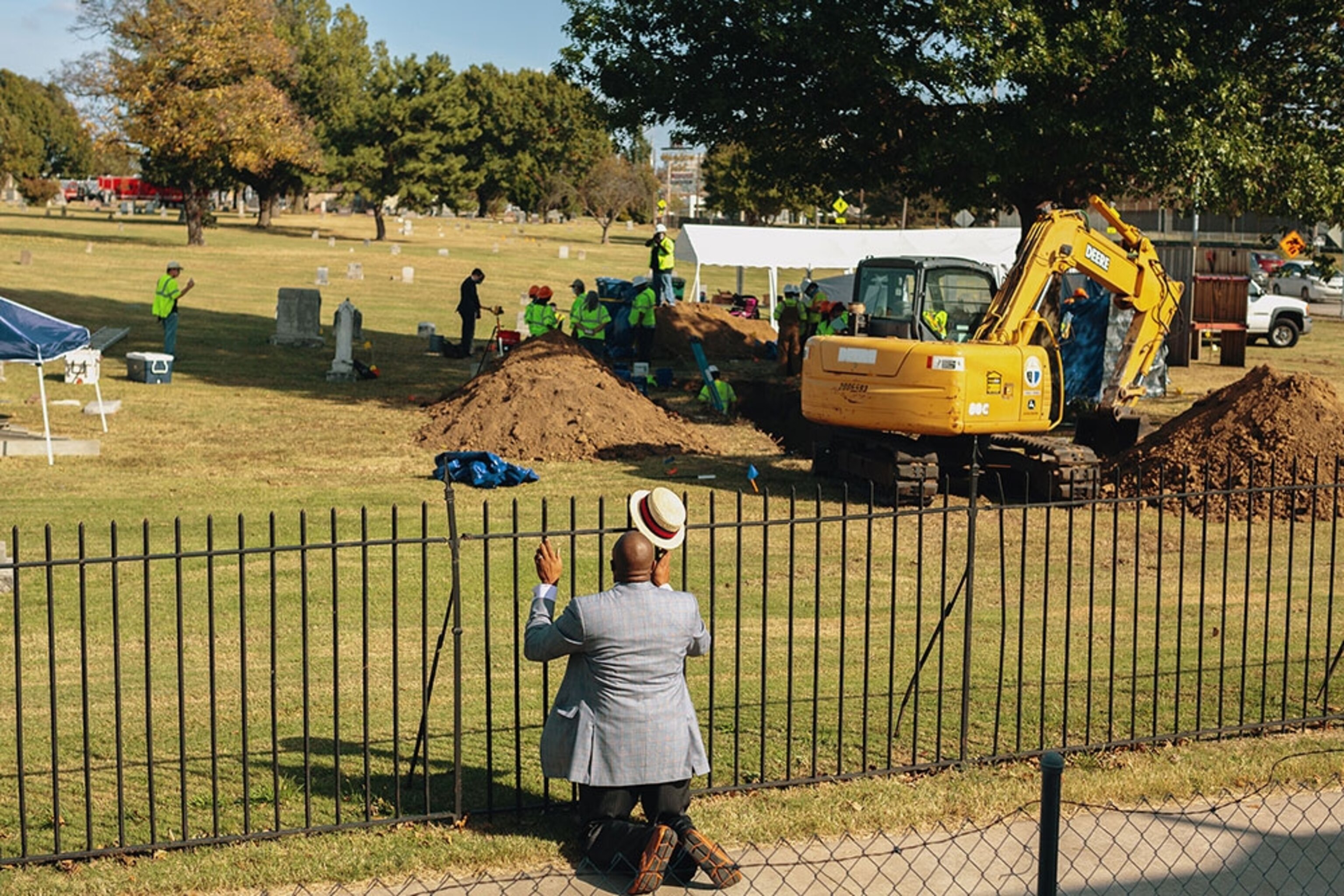
Waiting for justice: The Rev. Robert Turner watches as the city of Tulsa searches for unmarked graves of those slain in a 1921 massacre by white mobs. Remains of at least 11 bodies have been found so far in an unmarked grave, believed to be among hundreds of Black Tulsans killed in one of the worst racial attacks in U.S. history. Turner is among advocates seeking the recovery of the bodies and demanding reparations for the descendants of those slain or left homeless in the attack.
Related: Coffins found, demands grow to broaden Tulsa Race Massacre probe
The big takeaway
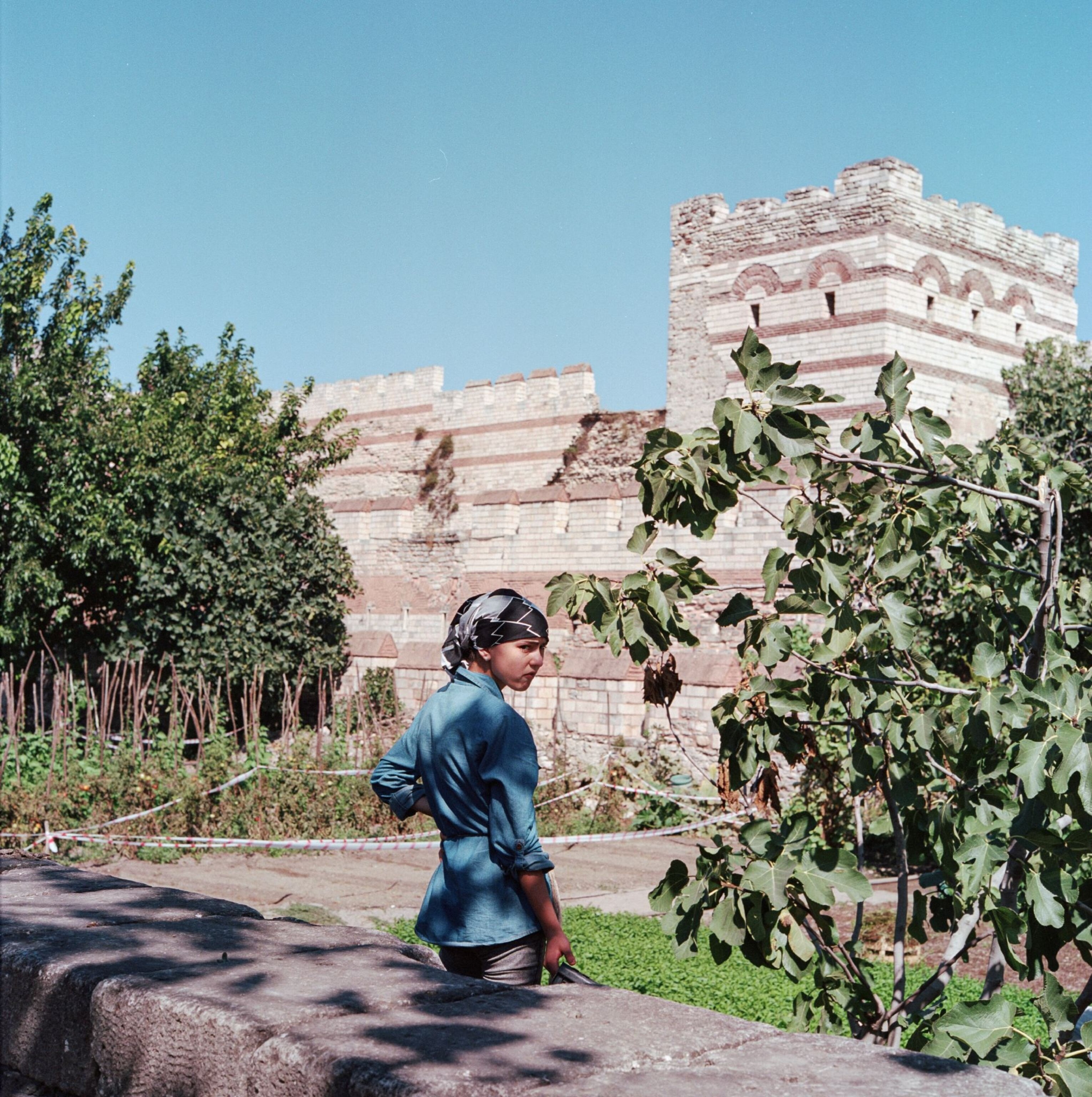
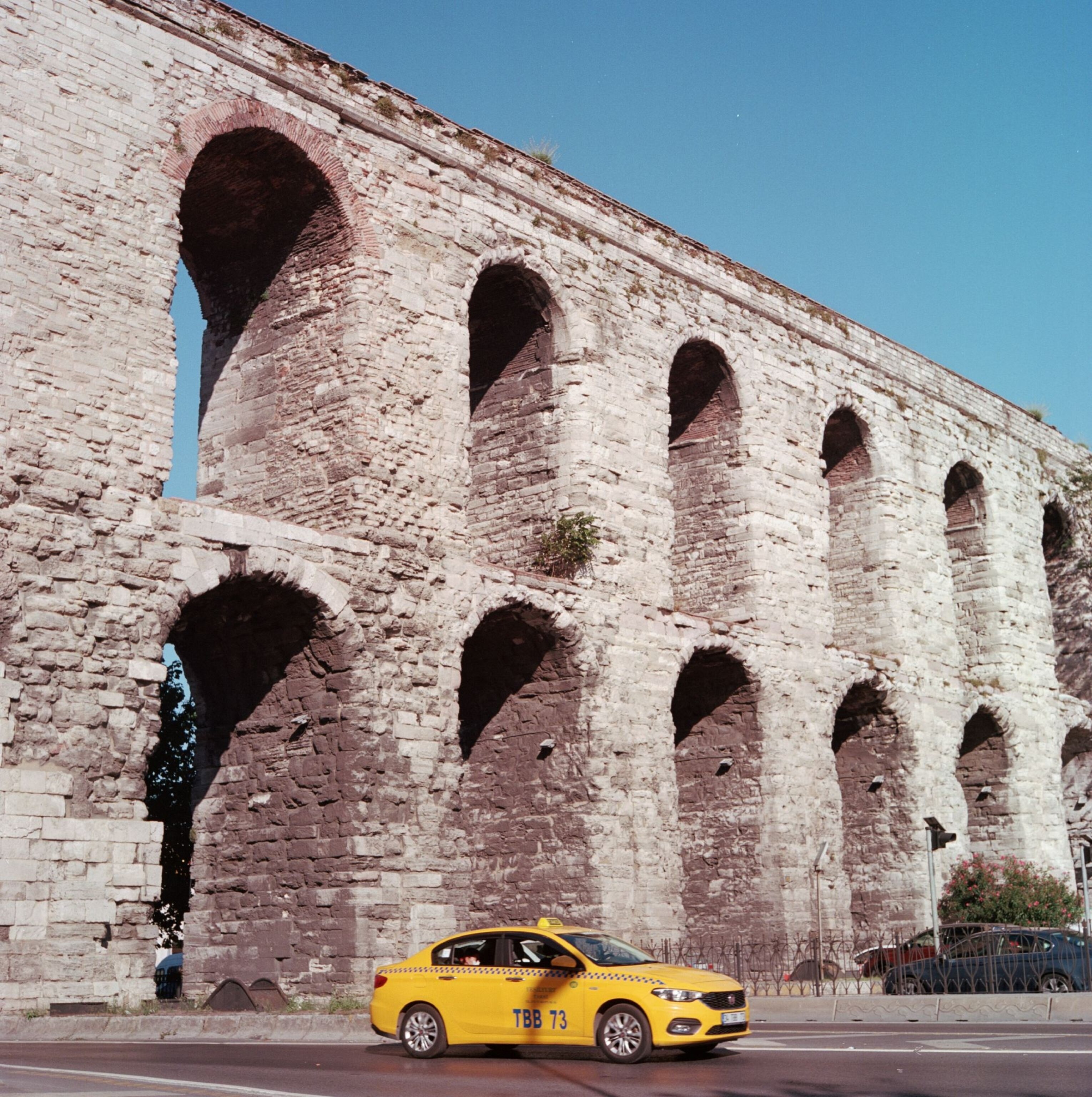
1,000 years of rule, and what? Blame it on politics and the passage of time. Many of the glories of Byzantine rule are easy to miss in modern-day Istanbul. Take the massive and magnificent St. Polyeuktus, whose construction nearly 1,500 years ago inspired the even bigger Hagia Sophia a decade later. Today, “the overgrown ruins of St. Polyeuktus lie scantly noticed along a traffic-clogged thoroughfare ... next to a small down-at-the-heels park where passersby sometimes smoke a cigarette or drink a cup of tea while seated atop one of the church’s lavishly carved column capitals,” Jennifer Hattam writes. (Above left, vegetables and fruit have been grown for centuries around the remnants of Istanbul’s 1,600-year-old Theodosian walls; above right, Istanbul drivers pass beneath the Aqueduct of Valens, part of a 1,700-year-old water system that included more than 100 miles of channels.)
In a few words
They made us into a race. We made ourselves into a people.Ta-Nehisi Coates, Author, Between The World and Me
Did a friend forward this to you?
On Tuesday, George Stone covers travel. If you’re not a subscriber, sign up here to also get Victoria Jaggard on science, Rachael Bale on animal news, and Whitney Johnson on photography.
The last glimpse
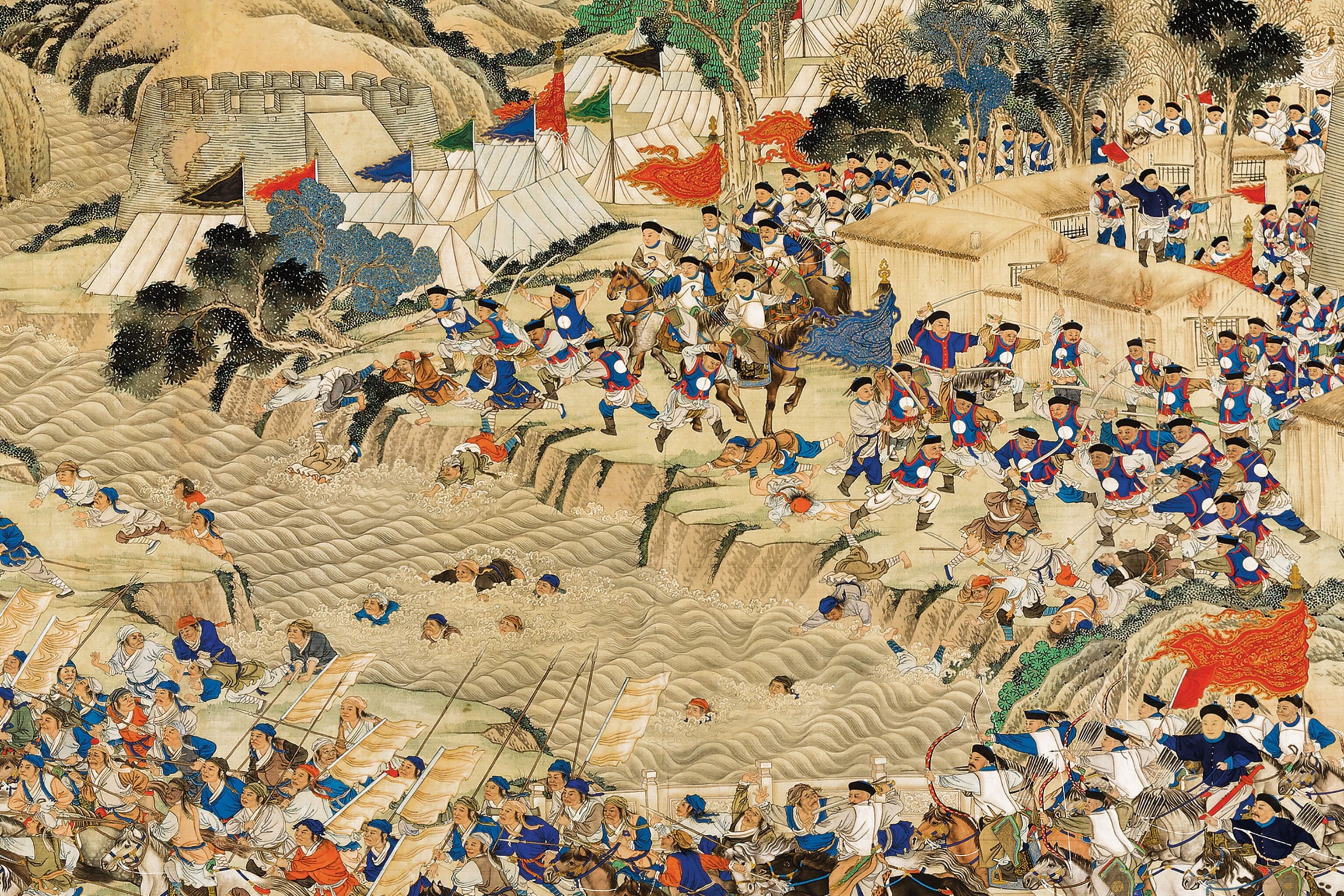
The promise of the Taiping Rebellion: The Chinese rebels believed that men and women were equal, that all property should be commonly held and distributed. They opened up education and banned prostitution, the sale of slaves, and opium. Nat Geo’s History magazine looks at how 19th century China’s last imperial dynasty allied with drug-dealing foreigners to defeat the religious-based Taiping movement in China. (Above, a painting shows Taiping rebels retreating across a bridge pursued by imperial forces in Ruizhou in 1857.)
